11 Korean Horror Movies That Blend Fear With Emotion
Korean horror films have a unique ability to combine spine-chilling terror with deeply emotional stories. These movies don’t just rely on jump scares or supernatural forces; they dive into the emotional struggles of their characters, making the fear feel more personal and impactful. From the heart-wrenching bonds of family to the psychological toll of grief and guilt, these films show how fear can be intricately tied to human emotions.
This post may contain affiliate links, which helps keep this content free. Please read our disclosure for more info.
Train to Busan (2016)

Train to Busan is a highly emotional zombie thriller that masterfully intertwines heart-pounding action with a poignant father-daughter relationship. The film follows a group of passengers aboard a train trying to survive a zombie outbreak while a father fights to protect his young daughter. While the zombies create the terror, it is the emotional connections and sacrifices among the survivors that elevate the film into a deeper exploration of love, family, and survival. The intense emotional moments, especially in the face of tragedy, make Train to Busan an unforgettable ride that resonates long after the final scene.
The blend of fear with emotion is expertly executed, as the characters are forced to make life-or-death decisions while facing the overwhelming chaos of the zombie apocalypse. The personal stakes for the father-daughter duo make the terrifying situations all the more impactful. By the end, viewers are left not just with the horror of the outbreak but with a reflection on familial bonds and sacrifice in the face of destruction.
The Wailing (2016)
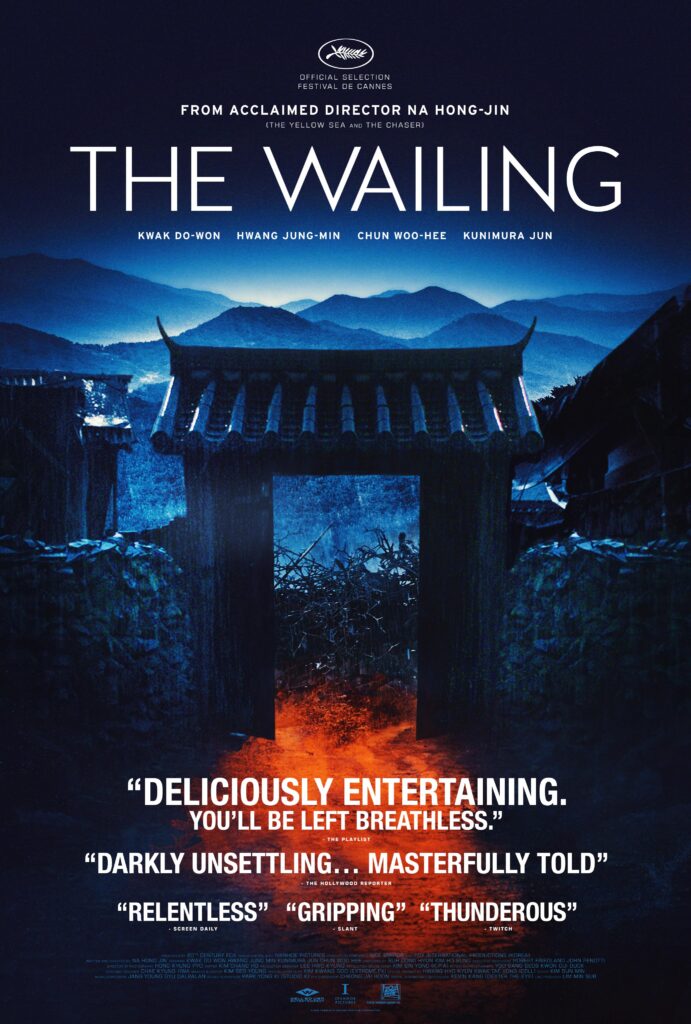
The Wailing combines the psychological tension of a detective thriller with supernatural horror and profound themes of grief and loss. Set in a rural village, the film follows a policeman investigating a series of mysterious deaths and illnesses that seem to be linked to a mysterious stranger. As the investigation unravels, the film dives into the emotional turmoil of the characters, especially the cop, whose daughter becomes ill in a haunting twist. The terror of demonic forces is intricately tied to the grief and fear of losing loved ones.
The eerie atmosphere and slow-burning narrative create a sense of unease, but it is the film’s exploration of human emotions, particularly fear, guilt, and the pain of losing family, that makes it stand out. As the characters struggle to understand whether the evil is external or a manifestation of their own grief, the audience is pulled into a deeply emotional experience wrapped in terror. The Wailing is a unique film that leaves viewers with a lingering sense of dread and emotional exhaustion.
The Host (2006)
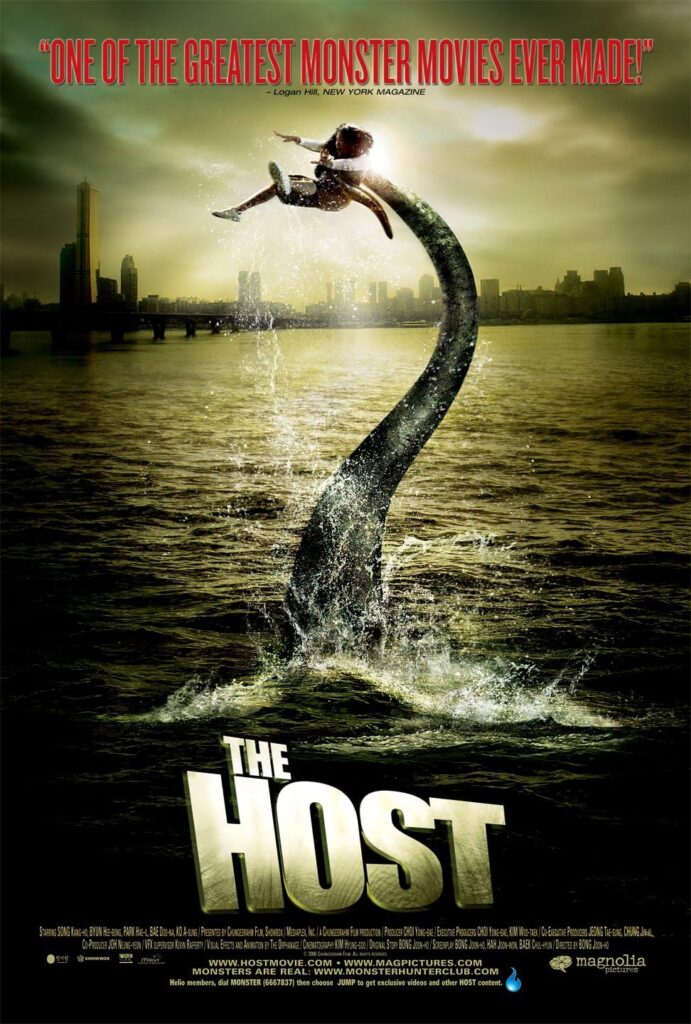
The Host brings a fresh approach to the monster movie genre by weaving a deeply emotional family story into the chaos of a creature attack. When a giant mutated creature emerges from the Han River and kidnaps a young girl, her dysfunctional family must come together to rescue her. The movie’s true heart lies in its depiction of the family’s relationship, especially the bond between the girl’s father and his estranged daughter. This emotional core makes the creature’s rampage not just a thrilling spectacle but a powerful exploration of love, responsibility, and family loyalty.
While the monster provides the horror and excitement, it is the family’s struggle with their past and their desire to protect each other that adds emotional depth to the story. The film succeeds in blending tension and heartache, as the characters face not only an external monster but their internal demons as well. The raw emotion makes The Host a compelling, memorable film that does more than just scare; it makes the audience care deeply about the characters’ fates.
I Saw the Devil (2010)
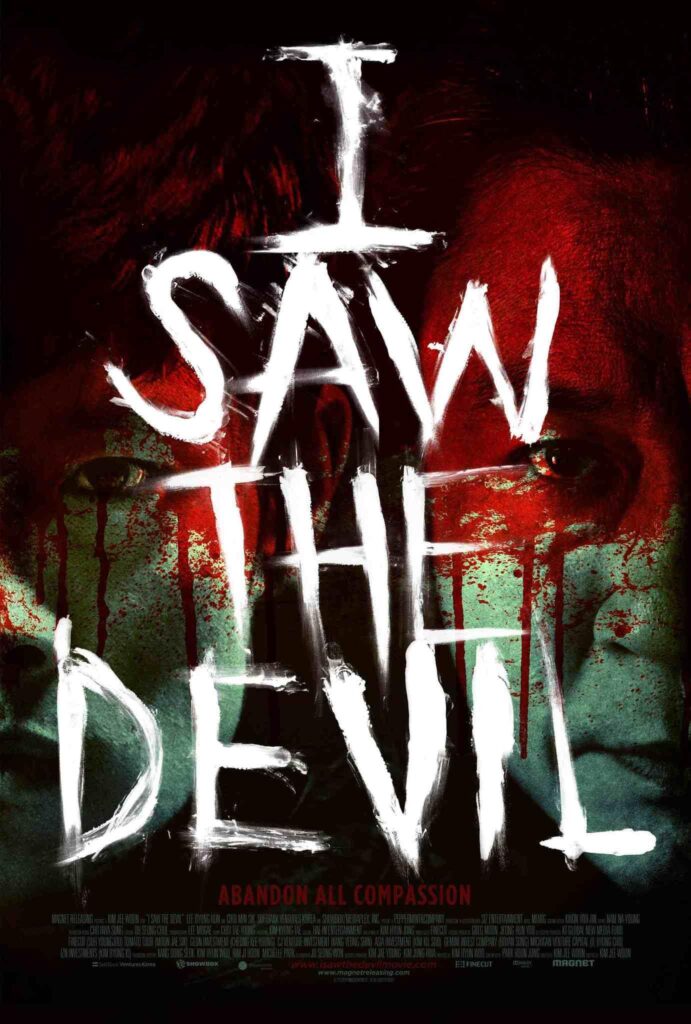
In this gripping revenge thriller, I Saw the Devil merges brutal violence and psychological horror with an emotionally intense exploration of grief, vengeance, and the human soul. The film follows a special agent who embarks on a relentless pursuit of the serial killer who murdered his fiancée. As the agent’s obsession grows, the film plunges into dark emotional territory, questioning the cost of revenge and the emotional toll of losing someone you love. The stark contrast between raw horror and intense emotional conflict makes this film a challenging, thought-provoking experience.
While the killings and chase scenes are horrific, it is the emotional devastation that drives the agent’s decisions and actions, turning what could have been a straightforward revenge story into a meditation on human nature. The psychological horror of becoming consumed by grief and vengeance is explored in a way that lingers far beyond the violent scenes. The emotional depth of I Saw the Devil transforms it from just another horror film into a chilling study of how far a person will go when consumed by loss.
A Tale of Two Sisters (2003)
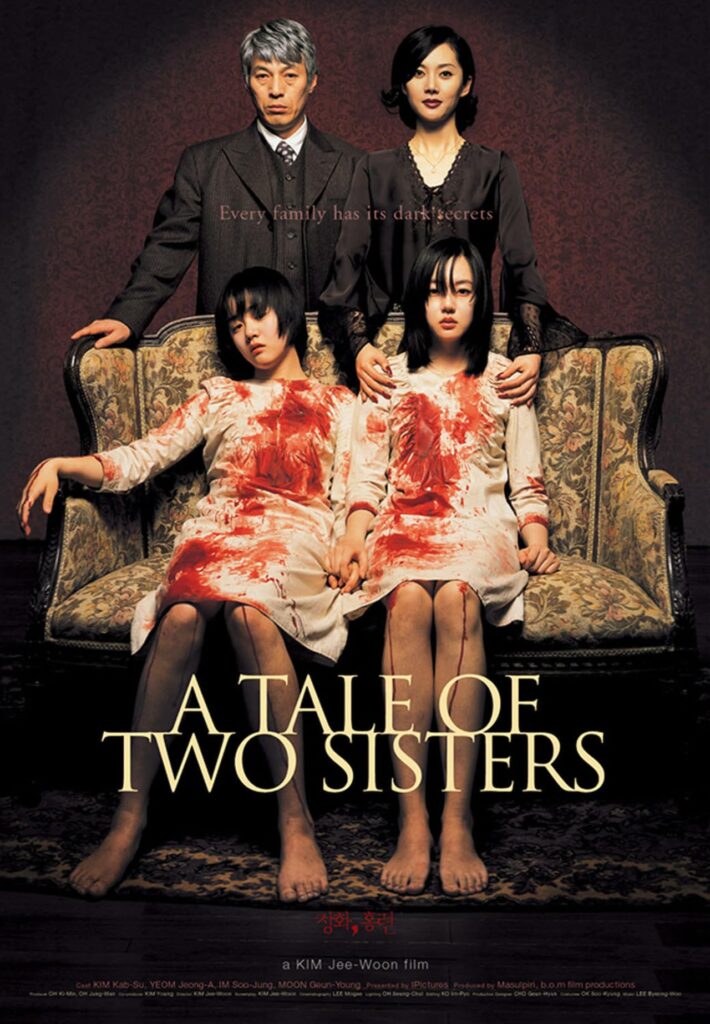
The Tale of Two Sisters is a haunting psychological horror film that blends supernatural terror with a deeply emotional family drama. The story centers around two sisters returning home from a mental institution after the death of their mother, only to discover that something sinister is afoot within their house. The terror escalates as the sisters deal with their fractured relationship with their stepmother and uncover painful family secrets. The supernatural elements are unsettling, but it is the emotional journey of the sisters that truly drives the film.
The eerie atmosphere, coupled with a deep sense of familial loss and trauma, creates a sense of dread that permeates the entire movie. As the plot twists and reveals the dark past of the family, the emotional weight of the story only deepens. This fusion of psychological horror and emotional narrative makes A Tale of Two Sisters a standout in Korean horror, resonating with viewers on both an emotional and terrifying level.
The Man From Nowhere (2010)
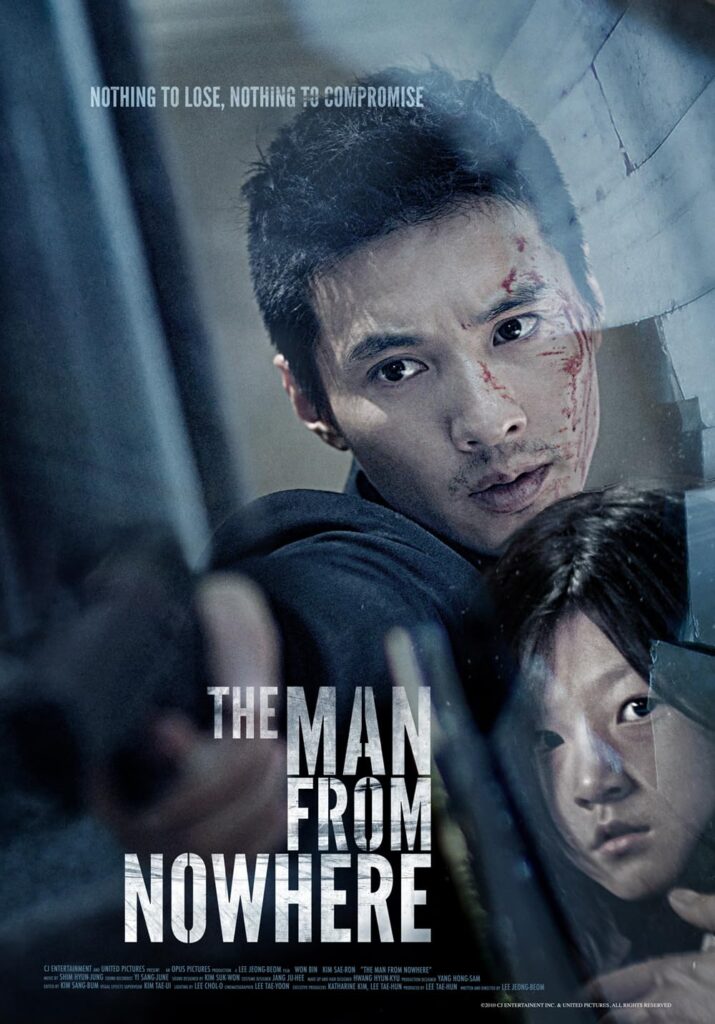
While The Man From Nowhere is more of an action thriller, it certainly includes elements of horror with its dark, emotional narrative. The film follows a quiet, reclusive man who forms an unlikely bond with a young girl living next door. When the girl is kidnapped by a drug cartel, the man sets out on a bloody mission to rescue her. The film’s strength lies not in its violent action but in the emotional journey of its protagonist, whose painful past and loneliness are revealed as he forms a bond with the girl.
The film deftly mixes intense action with deeply emotional moments, especially the emotional stakes of saving the girl. The terror in The Man From Nowhere comes not from the violence alone but from the man’s struggle to find redemption and protect someone who reminds him of his lost loved ones. This emotional depth, paired with the tension of the action scenes, makes it a powerful and moving film.
Mother (2009)
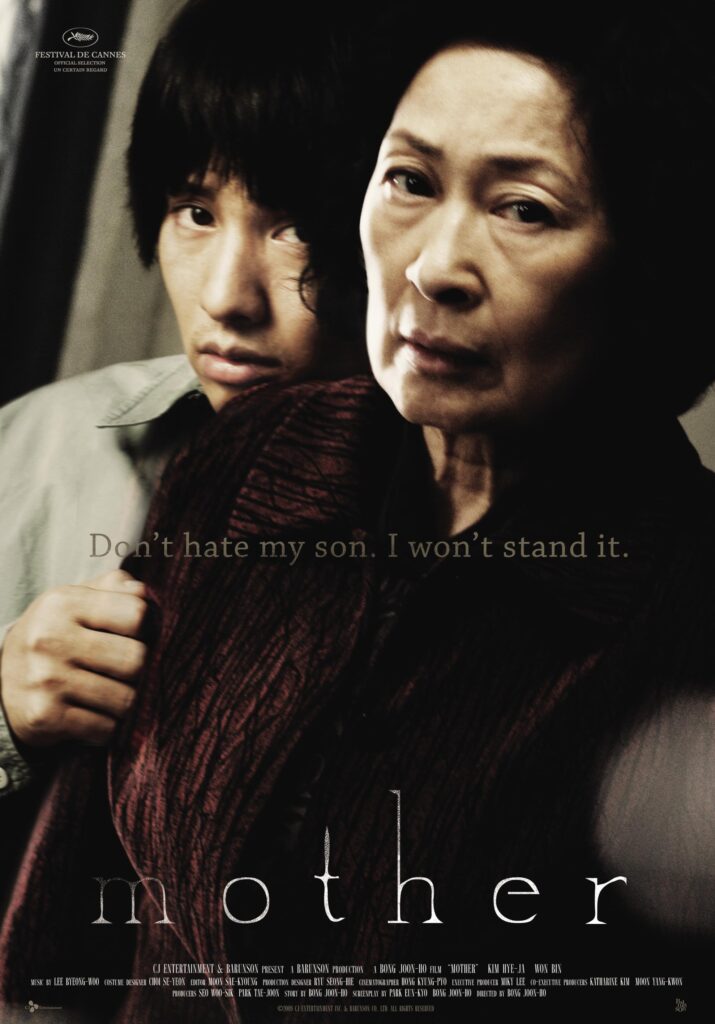
Mother is a disturbing psychological thriller that blends horror with emotional drama in a way that makes the terror all the more unsettling. The story follows a mother who becomes desperate to prove the innocence of her mentally disabled son, who has been accused of a crime he may not have committed. As the mother investigates, the film delves into themes of love, sacrifice, and the lengths a parent will go to for their child. The film’s disturbing moments are intensified by the emotional connection between mother and son.
The terror of the film is not just in the crime itself but in the emotional unraveling of the mother’s psyche as she fights for her son’s future. Mother is a study of maternal love and its darker, more desperate aspects. It shows how the pursuit of justice, when driven by overwhelming love, can lead to morally ambiguous choices that blur the line between right and wrong.
Bedevilled (2010)
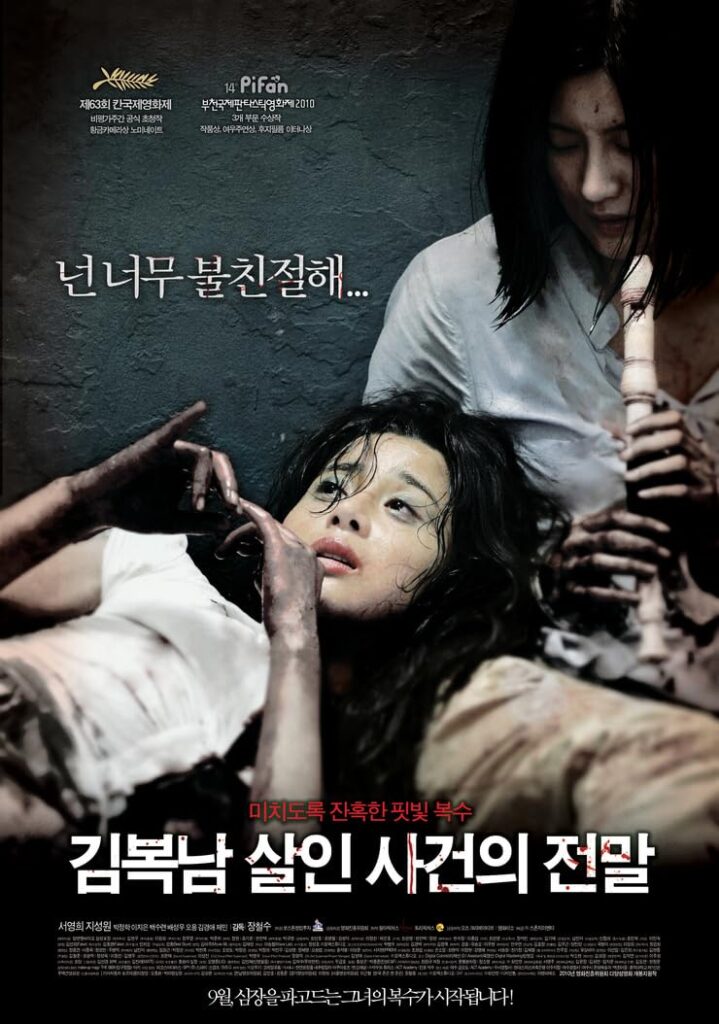
In Bedevilled, horror is intimately tied to the raw emotions of its characters. The film tells the story of a woman who escapes to a remote island to recover from a traumatic past, only to find herself caught in a cycle of violence and abuse at the hands of the island’s residents. The film’s horror stems not from supernatural forces but from the terrifying consequences of human cruelty, isolation, and unchecked rage. The emotional devastation of the protagonist’s situation makes every scene of violence hit harder, as viewers feel the deep anguish of her plight.
The terror here is psychological and visceral, as the film explores the emotional and physical toll of abuse. It blends the fear of being trapped with the emotional weight of seeking justice for those who cannot protect themselves. Bedevilled is not just a horror movie; it’s an emotional cry for help from a woman driven to the brink.
The Quiet Family (1998)
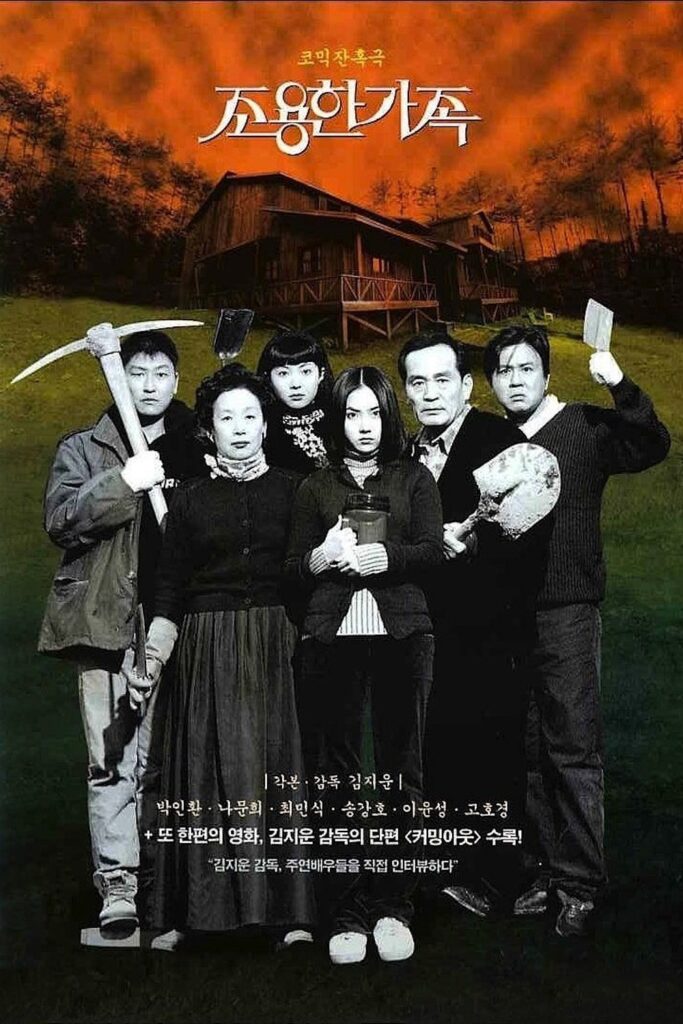
While The Quiet Family is more of a dark comedy, it still delivers emotional horror by showing the impact of isolation and despair. The film follows a family who opens a remote mountain inn, only to have guests mysteriously die at their hands. The fear in the film is not just from the deaths but from the growing tension and fear that the family feels as they struggle to cover up their crimes. The emotional toll of trying to protect one another from the consequences of their actions is the real horror here.
The blend of black comedy and horror makes the emotional stakes much higher, as the family’s desperation grows. The Quiet Family explores the idea of a family trying to hold together under impossible circumstances, and the fear that comes from both their secrets and their actions catching up with them.
The Red Shoes (2005)

In The Red Shoes, horror and emotion are blended through the lens of obsession, guilt, and the haunting desire for success. The film follows a woman who becomes consumed by her ambition after finding a mysterious pair of red shoes. As she gets more involved with the shoes, she finds herself spiraling into madness, driven by the fear of losing everything she holds dear. The horror of the film lies in how the red shoes represent the protagonist’s emotional struggles with her career and personal life, driving her to destructive extremes.
While the supernatural forces surrounding the shoes are terrifying, the emotional weight of the story lies in the protagonist’s internal conflict. Her journey highlights how unchecked ambition and guilt can morph into a terrifying and irreversible downward spiral. The film’s emotional undercurrent makes the horror more than just about the shoes, but rather about the personal cost of ambition and the sacrifices one makes in the pursuit of success.
Thirst (2009)
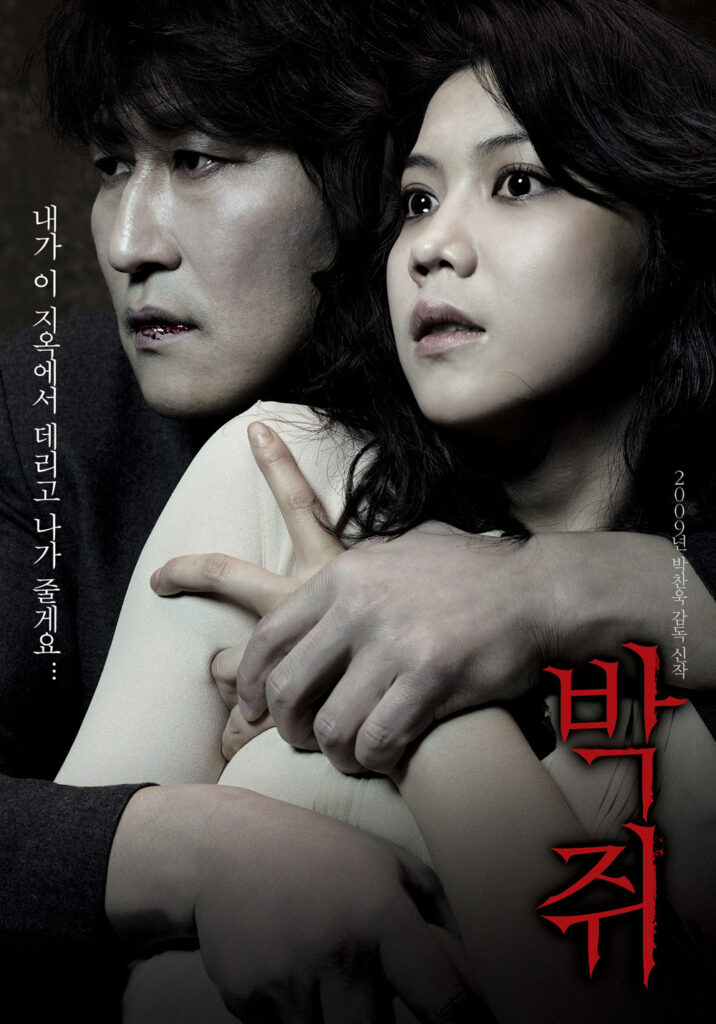
Thirst is a vampire film that takes an unconventional approach by blending horror with a deeply emotional examination of guilt, desire, and moral conflict. The film tells the story of a priest who, after becoming a vampire, struggles with his new nature and the temptation to feed on human blood. His inner turmoil and guilt about abandoning his vows of chastity and celibacy create an emotional depth to the horror elements of the film. The film focuses heavily on the protagonist’s emotional conflict and his relationship with a woman who becomes entangled in his dark new existence.
The horror comes not just from the vampirism but from the protagonist’s internal struggle with his actions, desires, and his inability to reconcile his new life with his former one. Thirst explores how the horror of becoming something monstrous is amplified by the emotional toll it takes on one’s soul, making it a compelling mix of psychological and supernatural fear.
This article originally appeared on Avocadu.
